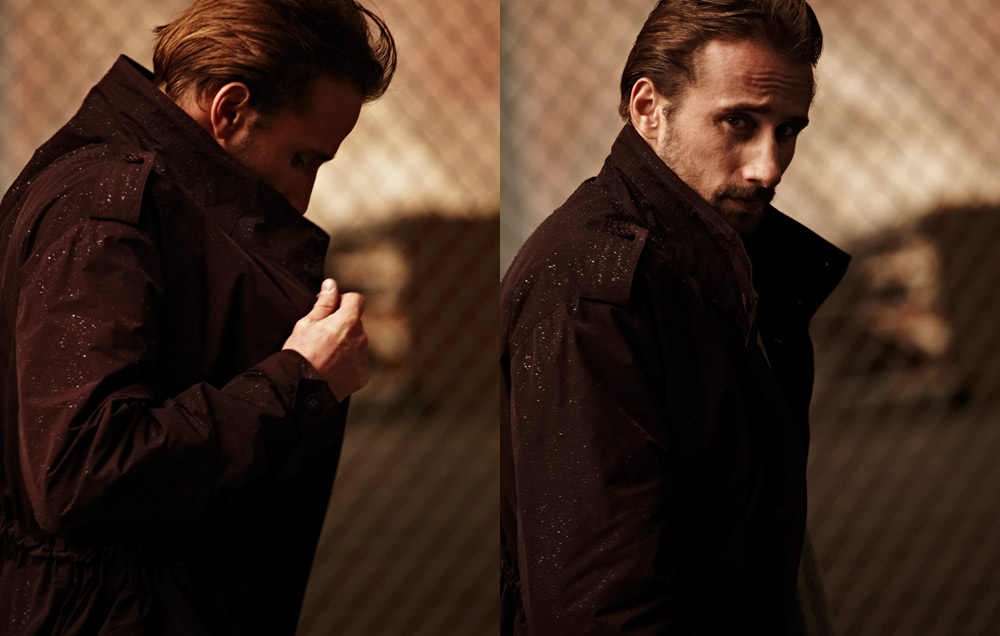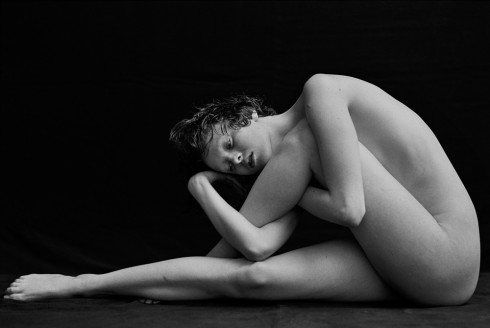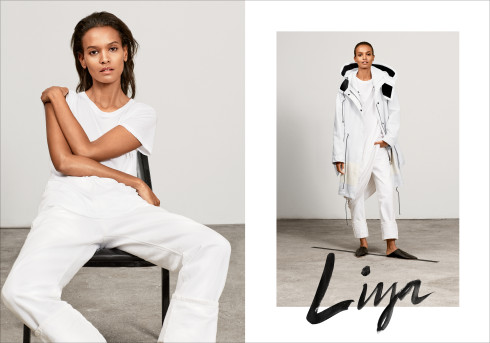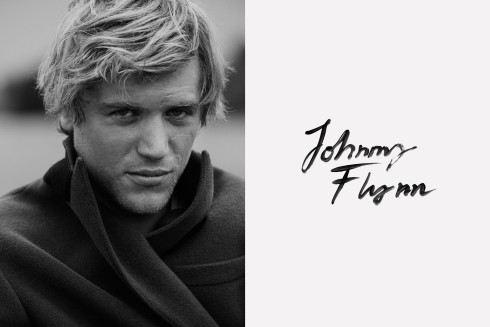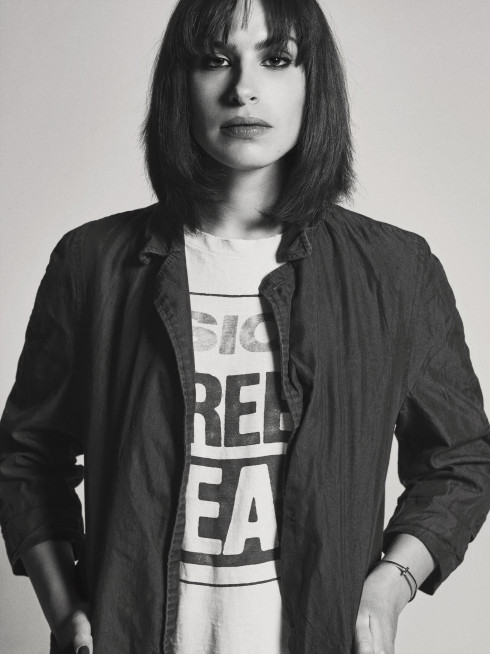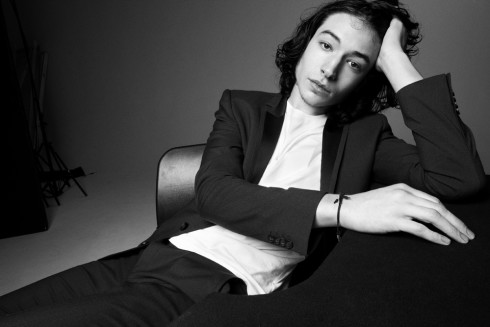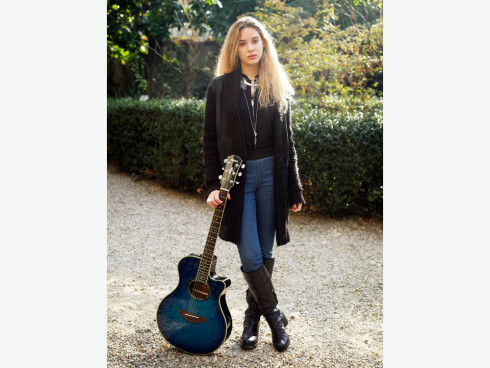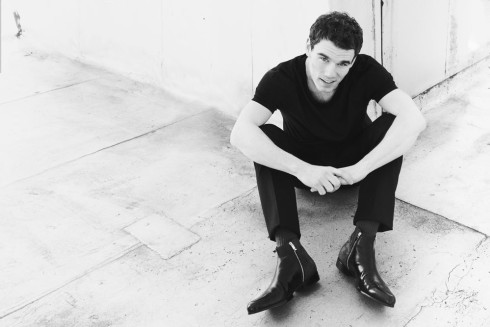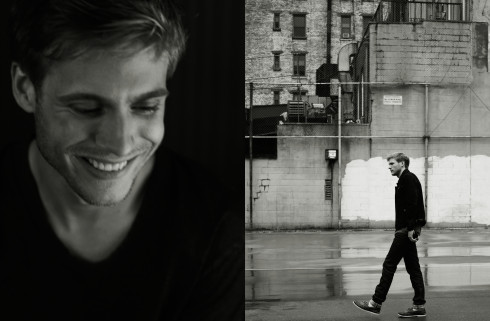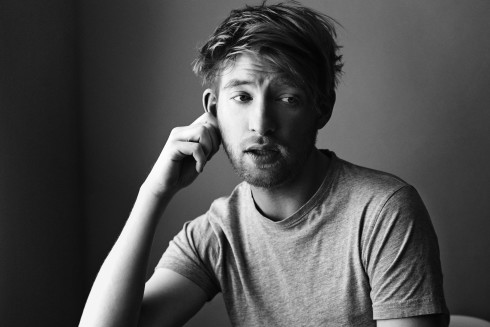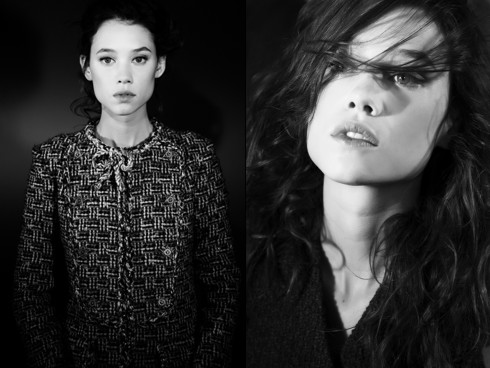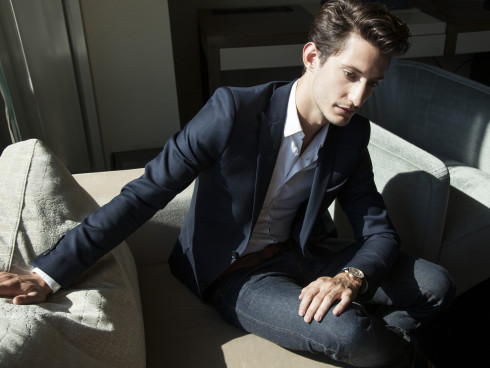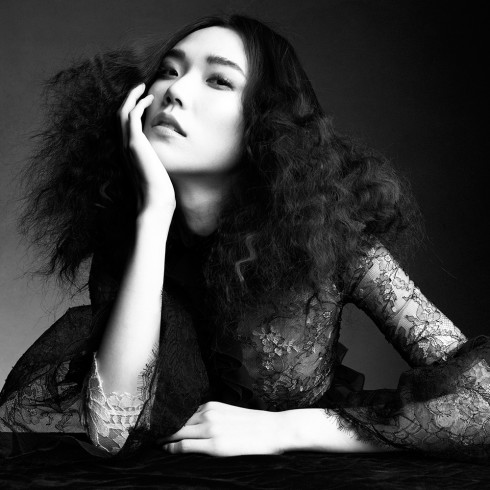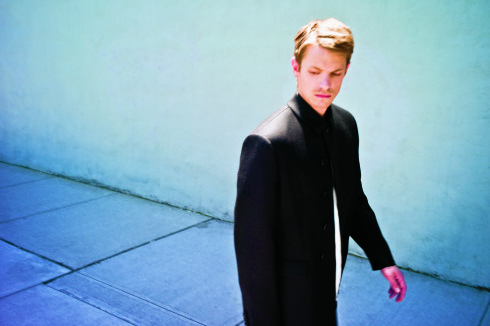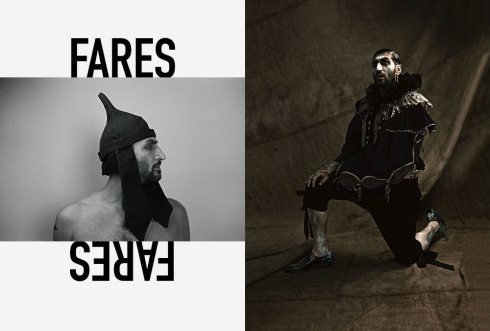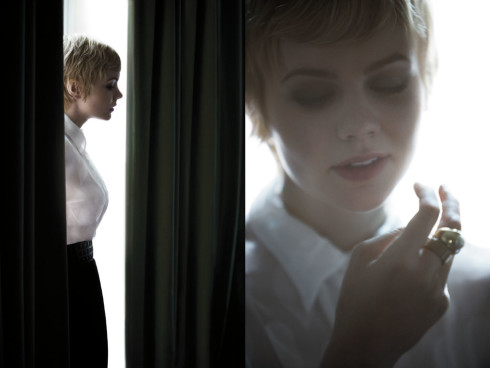- By
- Jonathan Shia
- Photography by
- Adrian Gaut
MATTHIAS SCHOENAERTS
Rising Belgian actor Matthias Schoenaerts is on a tear. From a starring role opposite Marion Cotillard in Rust and Bone to the upcoming Suite Française with Michelle Williams and Far From the Madding Crowd with Carey Mulligan and Tom Sturridge, his profile is set to explode this year. Now, as the new face of Louis Vuitton, The Last looks back at our first interview with the future star.
Last year was many things for Matthias Schoenaerts: thrilling, long, exhausting—but, to hear him tell it, supremely satisfying. The Belgian actor headlined an Academy Award-nominated film, worked the Cannes circuit, and wrapped his first major American production, earning himself the distinction of “this year’s Jean Dujardin” along the way.
Schoenaerts’ year began on the awards trail promoting Bullhead. The film was nominated for an Oscar for best foreign-language film and earned Schoenaerts the Best Actor title at the Palm Springs International Film Festival. The movie, about the dark intricacies of Belgium’s hormone mafia, ultimately lost to A Separation, but Schoenaerts insists that, clichés aside, it was really an honor just to be nominated. “It was like being in a laundromat permanently,” he describes of the endless rounds of dinners, press conferences, and awards ceremonies he attended early last year. “It was fun of course, but it was overwhelming. We didn’t see it coming, and all of a sudden we were just in this rush that never seemed to stop.”
The spin cycle began again in May, when Rust and Bone, a searing and visceral melodrama starring Schoenaerts and Marion Cotillard, premiered in competition at Cannes, garnering instant worldwide attention and picking up numerous accolades and prizes on its route through various festivals and awards ceremonies over the past few months. “It’s been going on ever since Cannes, so I have to watch myself not to get too civilized,” he jokes about the interminable schmoozing that comes with promoting Rust and Bone, “I’ll do whatever needs to be done to get the film out there, but at the same time I can’t wait to start working on another project.”
In between his turns on the awards carousel, Schoenaerts spent part of his summer in New York filming his American début in the gangster flick Blood Ties, also starring Cotillard, Mila Kunis, Zoe Saldana, and Clive Owen, and directed by Cotillard’s boyfriend Guillaume Canet. The film, which will serve as Schoenaerts’ introduction to stateside audiences wary of subtitles, also marked the actor’s first experience of the United States’ uniquely tangled moviemaking machinery. “You have all kinds of regulations for everything and penalties and all that kind of weird stuff,” he jokes. “Like if you’re five minutes late for lunch as a producer you get a penalty. We don’t really have that in Europe.” Still, Schoenaerts says he jumped at the chance to work on Blood Ties, due out later this year, both for the opportunity to act for Canet and to shoot in New York. “I had seen his previous films,” he says of the director, “and there was something really fun about it, just having these Seventies costumes and playing this crime story which is set in Brooklyn.”
Schoenaerts, who turned thirty-five in December, may have 2012 to thank for his sudden explosion onto the international scene, but he has been steadily working in the Belgian film industry for more than a decade, including in a small part in Paul Verhoeven’s 2006 World War II drama Black Book. In fact, Schoenaerts made his onscreen début at the age of fifteen in the 1992 film Daens, also Oscar-nominated, although he says of the small role, “I don’t consider that as my starting point at all,” coming as it did years before he found larger success playing meatier roles as an adult.
Still, that early start was in some ways no surprise for a man with movies in his blood. Julien Schoenaerts, Matthias’ father, is widely remembered as one of the best postwar actors in Flanders for his stage work and dozens of films, and was a man who Matthias admits was unavoidably influential on his decision to pursue the dramatic arts. “He was mostly a theater actor,” Schoenaerts says of his father, “so I spent some time in the theater, and as a kid, there’s something pretty magical about it, walking around a theater and going backstage and then seeing the show. It was very intriguing to see that happen.”
After attending drama school in his native Antwerp, Schoenaerts eventually has come to the realization that he is drawn to characters who are “antiheroes and underdogs,” men like Bullhead’s Jacky, who gets deeply involved with a syndicated crime ring, and Rust and Bone’s Ali, a struggling, intermittently employed single father who seethes with palpable rage at his circumstances. These men are not, however, the mindless thugs that Schoenaerts’ bulked-up body would suggest. Jacky lurches about in multiple attempts at redemption for the wayward course of his life, while Ali proves in the end to be as tender and sensitive as Cotillard’s Stéphanie. “They radiate a certain power and something indestructible, but at the same time they’re so extremely vulnerable,” Schoenaerts says. “There’s so much going on with these characters on so many levels. What you see onscreen, there’s so much more to it. You feel it while you’re looking at it, and you don’t have to portray and emphasize everything because the characters are so well-written. They bring so much more to the screen than just what you see, and that’s what I think is interesting.”
Schoenaerts’ ability to express the fragility of characters who otherwise might cause audiences to recoil in discomfort is one of his key talents. He finds the tenderness within troubled men, and that dichotomy is, he says, what excites him most about these roles. “I wasn’t drawn to these characters because they were dark at all,” he explains. “What drew me to them was the humanity and the vulnerability of the characters and the unpredictability of the characters and how the appearance didn’t match who they were truly deep inside. That’s what interests me. It’s not the darkness that attracts me, it’s the richness that attracts me.”
Looking ahead, Schoenaerts says he has several projects he is considering, although scheduling conflicts are starting to pile up. “I still have to make up my mind,” he says. “Everybody wants to shoot in the same period, so I have to just go home, reread everything, and then be very intuitive about it.” Any number of things can catch his eye for a role: “I think it should be intense, it should be imaginative, it should be human, it should be profound, it should be funny,” he offers. “There’s so many things. It’s just got to touch me when I read it, and that could be anything. It could be a guy working at McDonald’s, it could be a taxi driver, it could be anything. It’s all about the specifics of the character in the particular screenplay.”
Still, Schoenaerts admits that he is drawn perhaps more to life’s dips and valleys than to its peaks. “I don’t like heroes, necessarily. I like losers, I like people who struggle,” he says. The pleasure in imbuing these roles lies, he explains, in the question of finding his way to the heart of the matter and of navigating the long, circuitous route to reach that ultimate honesty. “It’s intense,” he says. “It’s a permanent search for truthfulness and authenticity, so it’s a very challenging relationship. It’s something that goes on 24/7. It’s a permanent struggle—maybe not a struggle, but it’s permanent creation. It’s not something that you come up with at a certain point and then think, Okay, we have the character, and then it’s done. No, no, it continues to grow permanently.” Schoenaerts, we suspect, wouldn’t have it any other way.
Styling by Akari Endo-Gaut at Frank Reps. Grooming by Lisa-Raquel at See Management. Shot on location at The Standard, High Line, New York.
Originally published in the Spring 2013 issue of The Last Magazine.
- By
- Jonathan Shia
- Photography by
- Adrian Gaut
